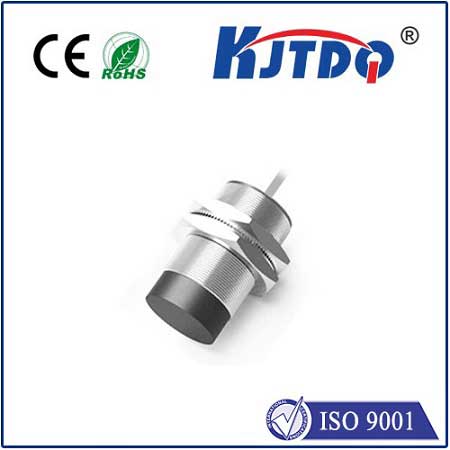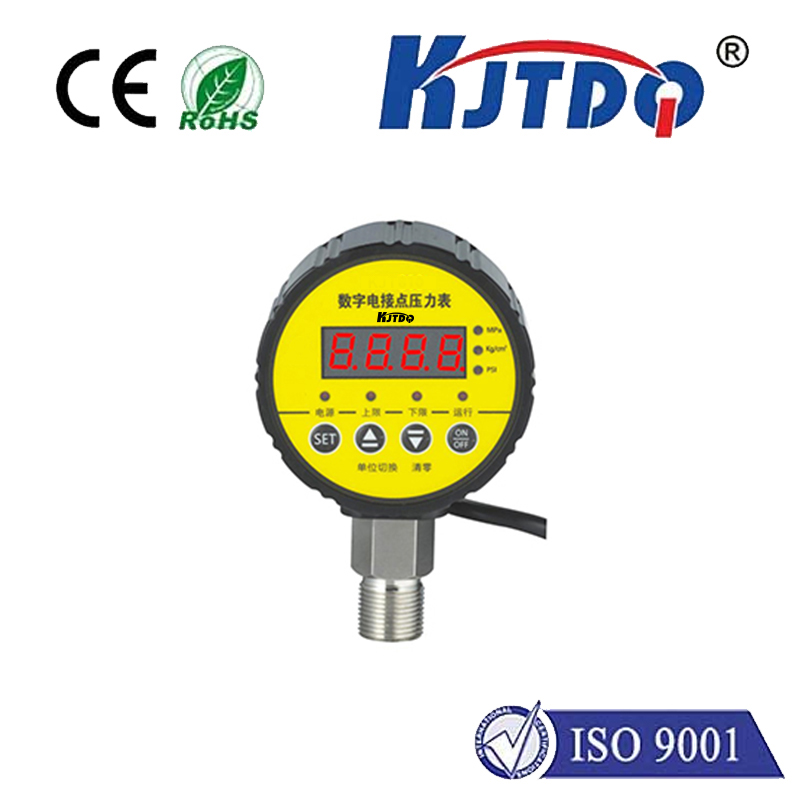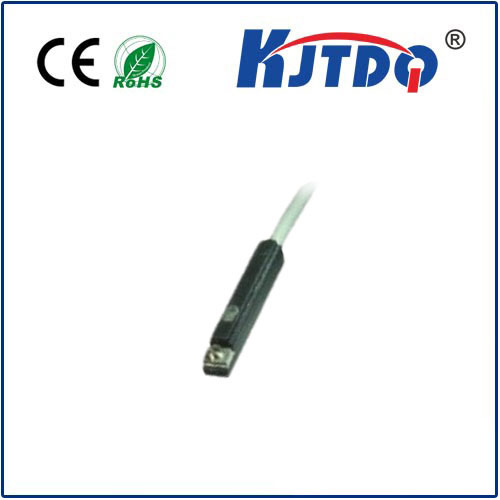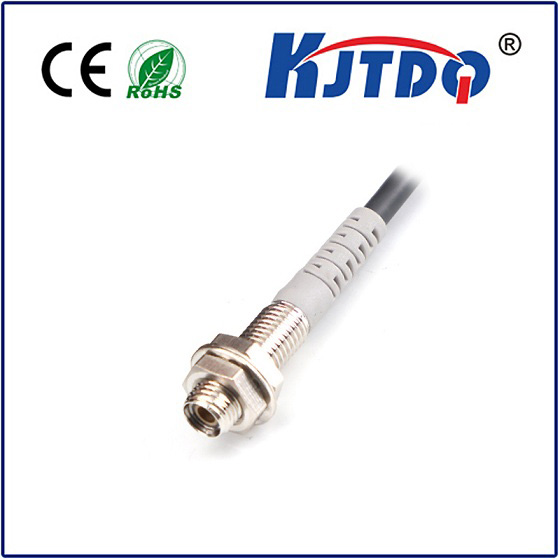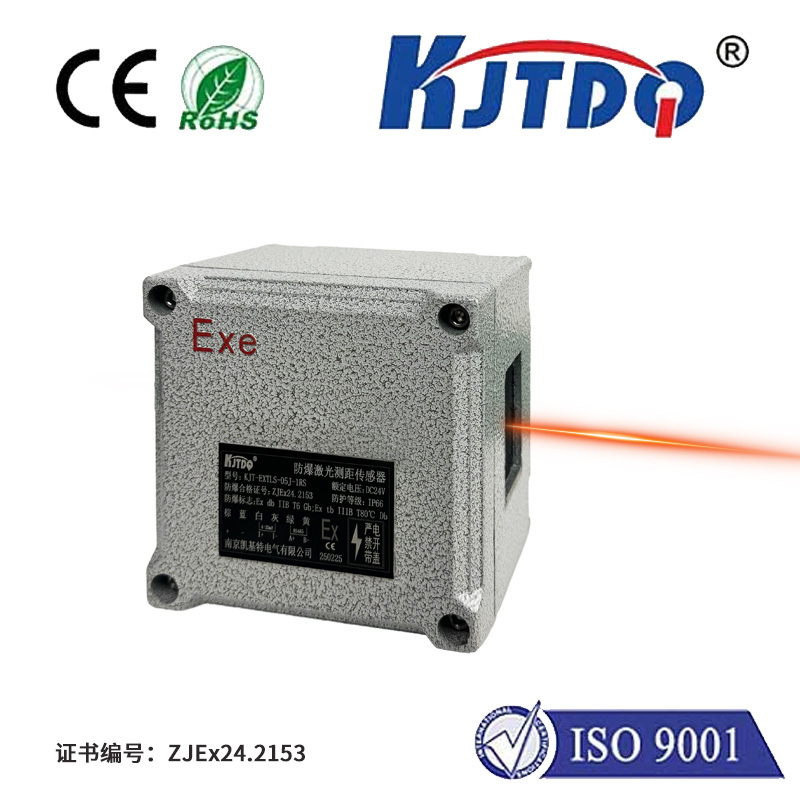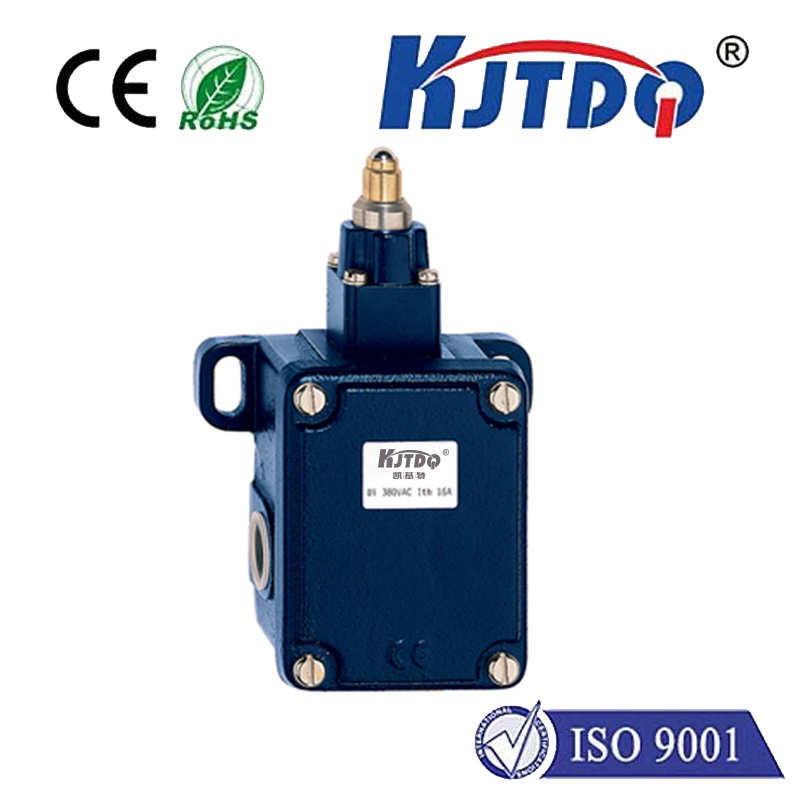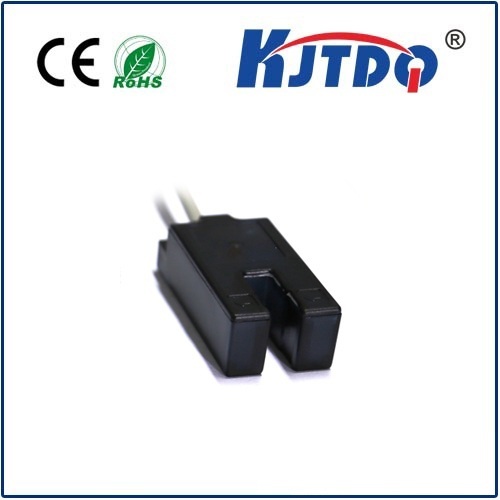KPT1-12-30 Pull rope switch
- time:2025-09-24 01:35:51
- Click:0
KPT1-12-30 Pull Rope Switch: Your Essential Conveyor Safety Lifeline
Imagine a critical moment on a bustling factory floor. A conveyor belt jams, a worker’s sleeve gets caught, or debris causes a hazardous malfunction. Seconds count. The difference between a near miss and a serious accident often hinges on one crucial factor: instantaneous, reliable emergency stopping power. This is where the unassuming yet vital KPT1-12-30 Pull Rope Switch steps into the spotlight, acting as an indispensable safety sentinel along your material handling lines.
Beyond the Code: Understanding the KPT1-12-30 Pull Rope Switch
At its core, a pull rope emergency stop switch, like the KPT1-12-30, is a fail-safe safety device designed to halt machinery quickly in an emergency. Installed along the length of conveyors, processing lines, or other long machinery, it consists of a durable rope or cable running parallel to the hazard zone. This rope is connected to a series of strategically placed switching mechanisms – the core of the KPT1-12-30 units.
The “KPT1-12-30” designation is more than just a model number; it typically conveys key specifications:
- KPT1: Likely indicates the series or base model type (a common designation for robust industrial pull rope switches).
- 12: Often refers to the housing’s Ingress Protection (IP) rating. An IP65 rating (common for these devices) signifies excellent protection against dust ingress and low-pressure water jets from any direction, making it suitable for harsh industrial environments.
- 30: This frequently denotes the standard cable length provided with the switch or its activation stroke, commonly 30 meters. This length defines the maximum distance between pull stations or the span one switch can effectively cover before needing the next unit in the rope run.
How the Safety Lifeline Works: Simple Design, Critical Function

The brilliance of the KPT1-12-30 Pull Rope Switch lies in its straightforward operation:
- The Rope Run: A continuous, tensioned rope or wire cable is installed along the conveyor’s accessible side, within easy reach of personnel.
- Switch Integration: Multiple KPT1-12-30 units are mounted at intervals (e.g., every 20-30 meters, depending on code and risk assessment). The rope passes through each switch housing.
- Emergency Activation: In an emergency, anyone along the line can grasp and pull the rope in any direction or with any force. This action causes the rope to move.
- Mechanical Action: This movement mechanically triggers the switching mechanism inside the KPT1-12-30 housing.
- Signal Sent: The switch instantly changes state (e.g., Normally Closed contacts open, Normally Open contacts close), sending a stop signal directly to the conveyor’s or machinery’s safety control system (like a safety relay or PLC).
- Immediate Halt: The control system reacts by cutting power or engaging brakes, bringing the hazardous motion to a safe stop.
The design ensures the switch requires manual resetting at the activated unit itself after the emergency. This prevents accidental or unauthorized restart and requires personnel to investigate the cause of the stop before resuming operations – a crucial safety step. Positive opening contacts (required by safety standards like IEC 60947-5-1) guarantee the circuit opens reliably, even if a contact welds.
Key Features and Benefits: Why KPT1-12-30 Stands Out
Choosing the KPT1-12-30 Pull Rope Switch offers significant advantages for safeguarding personnel and equipment:
- Wide-Area Protection: Provides an emergency stop point accessible from any location along the entire conveyor run, significantly reducing response time. This is its defining purpose.
- High Durability & Protection: The robust IP65-rated enclosure protects the internal mechanism from dust, moisture, oil, and mechanical impacts, ensuring reliable operation in demanding industrial settings like mines, quarries, foundries, and bulk handling.
- Manual Reset Safety: Ensures machinery cannot be restarted automatically after a trip. Personnel must physically reset the specific switch that was activated, confirming the area is safe.
- Fail-Safe Operation: Engineered to default to a “safe” state (e.g., stop signal sent) if the rope breaks, tension is lost, or the switch mechanism fails internally. Reliability is paramount for safety components.
- Easy Installation and Maintenance: Typically designed for straightforward mounting and rope tensioning adjustment. Visual indicators often show switch status (tripped/ready).
- Versatile Applications: Primarily used on conveyors (belt, roller, chain), but also applicable to assembly lines, large processing machinery, packaging equipment, and any long machinery where operators need immediate access to an e-stop.
- Compliance: Helps meet stringent occupational health and safety regulations (like OSHA, local equivalents, and machinery directives like the EU’s Machinery Directive 2006/42/EC) requiring readily accessible emergency stop devices.
Implementing Effectively: Maximizing KPT1-12-30 Safety
Installing a KPT1-12-30 pull rope system correctly is vital for its effectiveness:
- Risk Assessment: Determine the required spacing between switches based on the machinery’s speed, visibility, risk level, and applicable safety standards (e.g., ANSI B11, ISO 13855). Place switches where operators are most likely to need them.
- Mounting: Securely mount each KPT1-12-30 switch unit at the designated points. Ensure brackets are sturdy.
- Rope Installation: Run the rope/cable through the guides on each switch. Maintain consistent, correct tension across the entire run – too loose prevents reliable activation, too tight increases wear or risk of breakage. Use tensioners provided.
- Alignment: Ensure the rope path is straight and avoids sharp bends or obstructions that could impede pulling.
- Electrical Connection: Wire the switch contacts according to the manufacturer’s diagram and the safety control system’s requirements. Always follow local electrical codes. Critical contacts (like the emergency stop signal) must be hardwired to the safety circuit, not just the PLC.
- Clear Signage: Clearly mark the rope path and switches with standard emergency stop symbols.
Maintenance: Keeping Your Lifeline Ready
Like any critical safety device, regular inspection and maintenance of the KPT1-12-30 Pull Rope Switch system are non-negotiable:
- Regular Visual Checks: Look for damage to the rope, cable, switch housings, mounting brackets, and signage. Check for proper tension.
- Functional Testing: Perform regular operational tests (as per a defined schedule and company LOTO procedures). Pull the rope at various points to ensure every switch activates reliably and sends the stop signal. Test reset functionality.
- Cleaning: Keep the rope and switch mechanisms reasonably clean and free from excessive buildup that could hinder movement.
- Record Keeping: Document all inspections, tests, maintenance actions, and any replacements.
The Industrial Backbone: Where KPT1-12-30 Pull Rope Switches Are Vital
You’ll find the KPT1-12-30 Pull Rope Switch silently guarding workers in numerous industries:
- Mining & Quarrying: Along crushers, long-haul conveyors transporting rock and ore.
- Bulk Material Handling: In power plants, cement plants, grain elevators, ports – anywhere large volumes of material move on conveyors.
- Manufacturing & Processing: On assembly lines, paint shops, large metal forming, and processing equipment.
- Recycling Plants: Along sorting lines, shredder feed conveyors.
*






